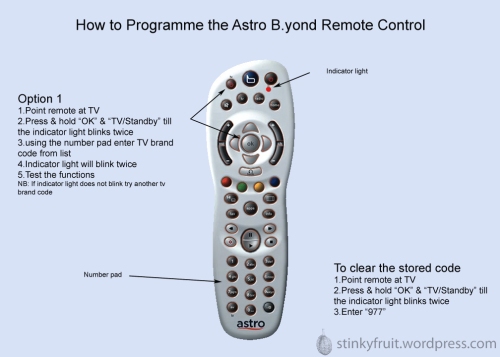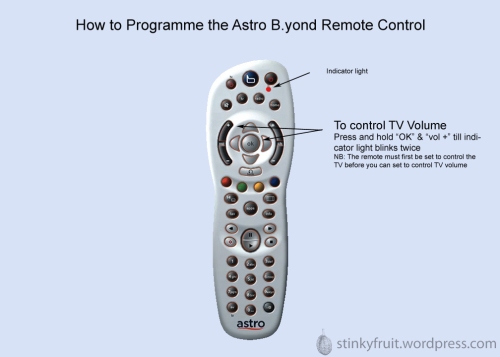Sometimes it happens that disk check always starts to check the file system on one or more drives for consistency. If any key is pressed, the disk checking is aborted. Actually this is because some data structure of the drive or some file is corrupted which can not be recovered and check disk is always run at Windows startup. Or sometimes it may take several hours for disk checking to scan all the drives. So disabling it or postponing disk check is better. There are several methods to disable disk checking at Windows startup. Two of them are given below:
Method 1: Using CHKNTFS utility
CHKNTFS is a utility that has been developed by Microsoft to disable disk checking on certain drives at Windows startup. To use this utility go to Start –> Run –> cmd
If you want to disable check disk on C: drive, use the following command on command prompt.
chkntfs /X C:
If you want to disable check disk on two or more drives, just keep on adding the drives:
chkntfs /X C: D: E:
This will disable check disk on C, D and E drives.
If you want to restore what you have done, that is, enable automatic disk checking on all the drives again, just run the following command:
chkntfs /D
This will restore all the drives to automatic disk checkup.
Method 2: Using Registry
To disable automatic disk checking at Windows startup through registry, go to the following registry key:
HKEY_LOCAL_MACHINESYSTEMCurrentControlSetControlSession Manager
In the right hand pane, double click BootExecute.
The default value of the key is autocheck autochk *
* means every drive is checked for consistency. Just add /K:C at the end before *. /K switch will disable autocheck on C: drive at Windows startup. So the final value should look like this:
autocheck autochk /k:C *
If you want to add more drives, the key should look like this: (disabling C and D drives)
autocheck autochk /k:C /k:D *
If you want to restore everything to default, just replace the key with the default one i.e.,
autocheck autochk *









